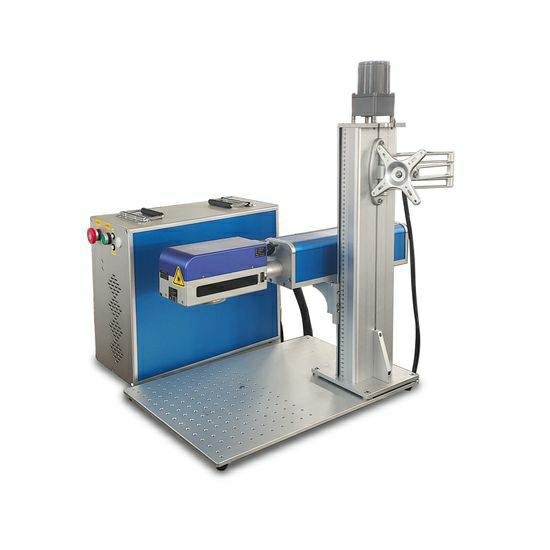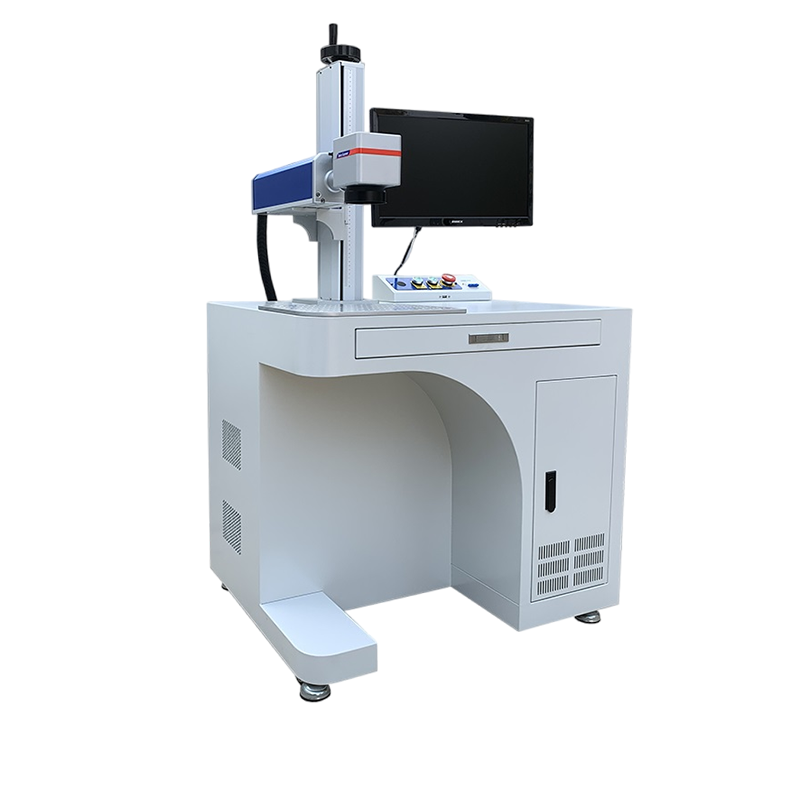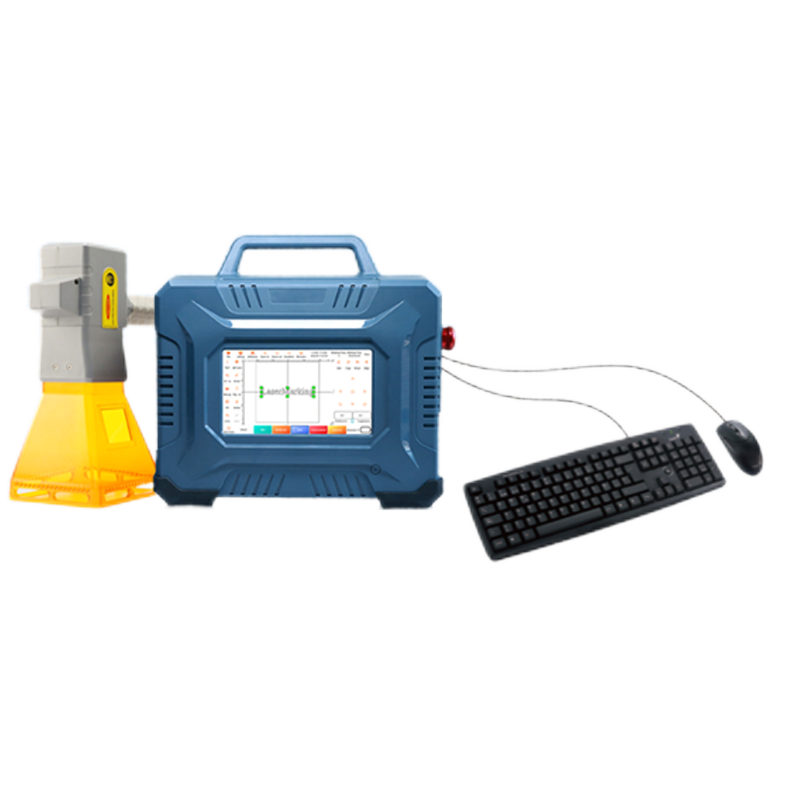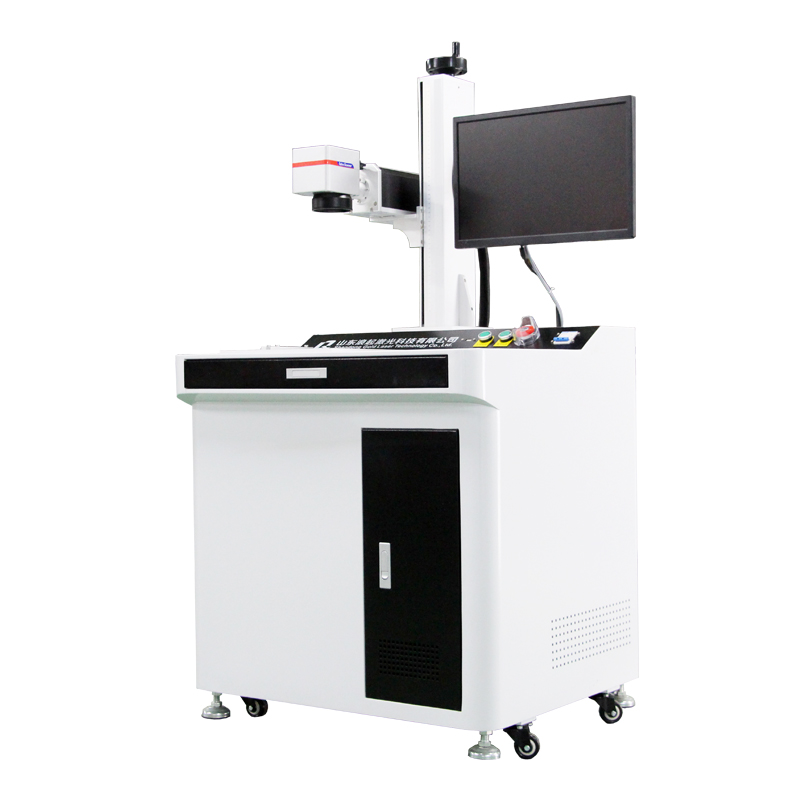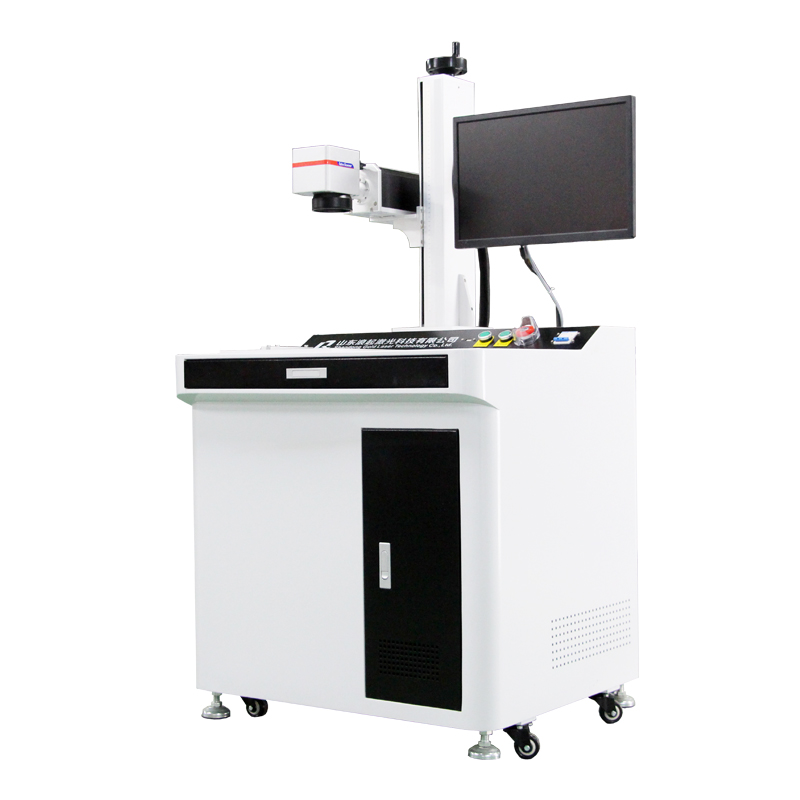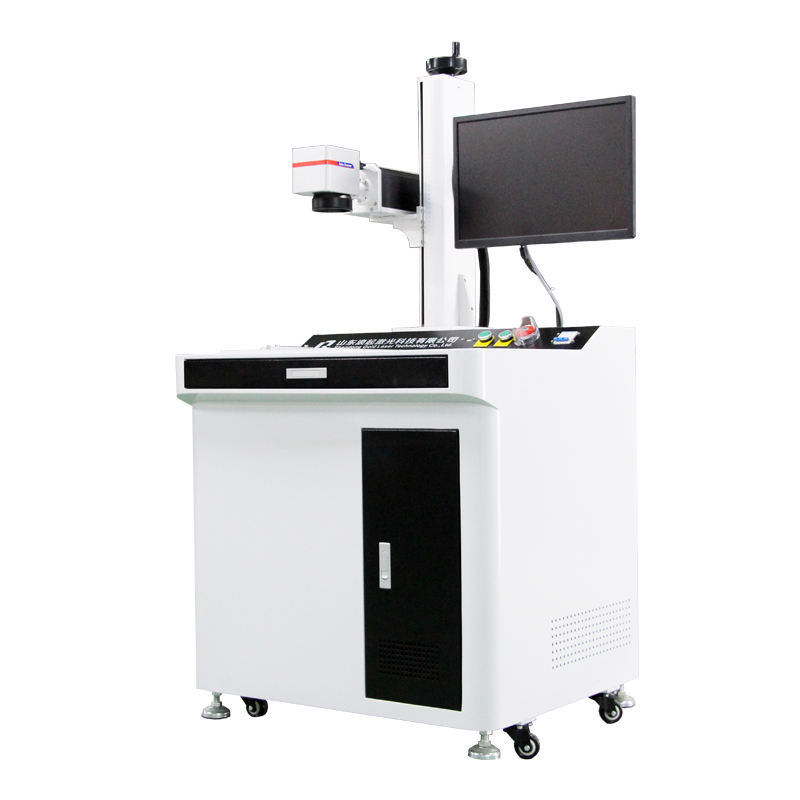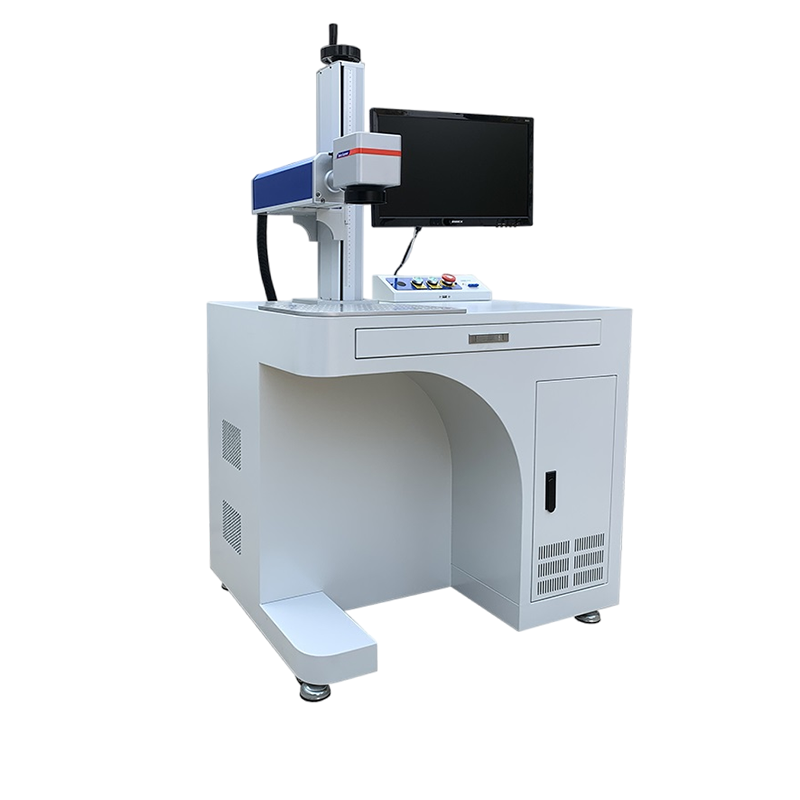Fiber laser marking machines are versatile and robust, but their performance can be influenced by climate conditions, temperature, and humidity. Here’s how different environmental factors affect them and how to ensure optimal operation:
1. Temperature Effects
Cold Climates (Below 10°C / 50°F)
Use a temperature-controlled environment (heating if necessary).
Ensure proper insulation and warm-up time before operation.
Use antifreeze coolant if the machine has a water chiller.
Laser source efficiency may drop.
Cooling systems (water or air) may struggle.
Condensation can form inside electronics, causing short circuits.
Potential Issues:
Solutions:
Hot Climates (Above 35°C / 95°F)
Ensure proper ventilation or air conditioning.
Use a high-quality chiller (if water-cooled).
Avoid direct sunlight exposure.
Overheating of laser source, electronics, or cooling system.
Reduced marking quality (e.g., inconsistent depth, burning).
Potential Issues:
Solutions:
2. Humidity Effects
High Humidity (Above 80% RH)
Use a dehumidifier in the workspace.
Seal sensitive components (laser source, control board).
Store the machine in a dry environment when not in use.
Condensation inside optics/laser components, leading to damage.
Rust/corrosion on metal parts.
Electrical short circuits.
Potential Issues:
Solutions:
Low Humidity (Below 30% RH)
Use anti-static mats or ionizers.
Clean optics regularly.
Static electricity buildup, damaging electronics.
Dust accumulation affecting optics.
Potential Issues:
Solutions:
3. Altitude & Air Quality
High Altitude (Thin Air)
May affect cooling efficiency (air-cooled lasers).
Ensure proper ventilation or use forced cooling.
Dusty/Sandy Environments
Dust can contaminate lenses/mirrors, reducing marking quality.
Use protective enclosures or air filtration systems.
Best Practices for All Climates
✔ Maintain Stable Temperature (15-30°C / 59-86°F) – Ideal for laser efficiency.
✔ Control Humidity (40-70% RH) – Prevents condensation and static issues.
✔ Regular Maintenance – Clean optics, check cooling systems, and inspect electrical connections.
✔ Use Proper Cooling – Water chillers for high-power lasers, air cooling for low-power.
✔ Avoid Sudden Temperature Changes – Let the machine acclimate before use.

